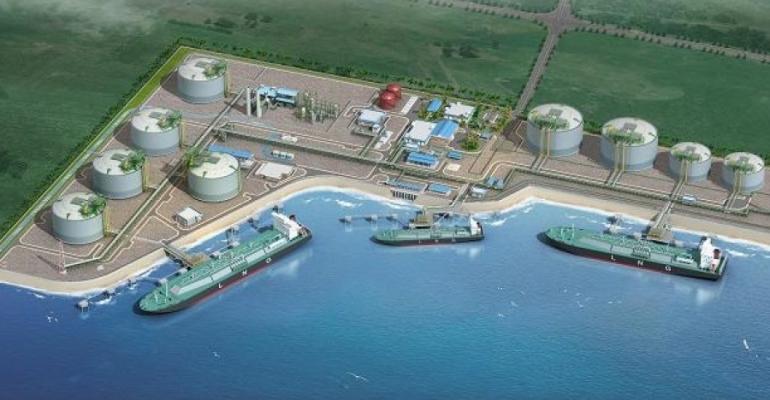SSB Cryogenic Services and Global Petro Storage (GPS) Singapore signed the collaborative deal at oil and gas industry event OSEA2018.
The two companies said they aim to promote transportation, distribution and storage of LNG in small-scale aspect, to locations with limited access of energy sources due to inadequate distribution infrastructure and poor interconnectivity of gas pipelines.
Small-scale supply solutions, via small-scale LNG membrane vessels, satellite hubs and ISO tanks, make them suited to locations where the demand for energy sources is not adequately serviced.
Read more: Good potential for small-scale LNG but market faces 'chicken and egg' scenario
The companies also recognised that the global push for cleaner energy source and the 2020 global cap on fuel sulphur content mean there are opportunities in LNG bunkering, intermediate storage and breakbulking activities, as well as an increasing need for LNG supply chain solutions.
“From LNG liquefaction, bunkering, intermediate storage and break-bulking solutions, to project financing support and investment of LNG-related opportunities as well as the execution in the LNG last mile solutions will provide a platform to enhance our capabilities and value propositions,” said Peh Lam Hoh, managing director of SSB Cryogenic Services.
Eric Arnold, ceo of GPS Singapore, commented: “GPS believes that gas is the fuel of the future and thus is focused on developing optimal onshore and/or offshore infrastructure needed to allow suppliers to access the respective demand centres.”
Copyright © 2024. All rights reserved. Seatrade, a trading name of Informa Markets (UK) Limited. Add Seatrade Maritime News to your Google News feed.


